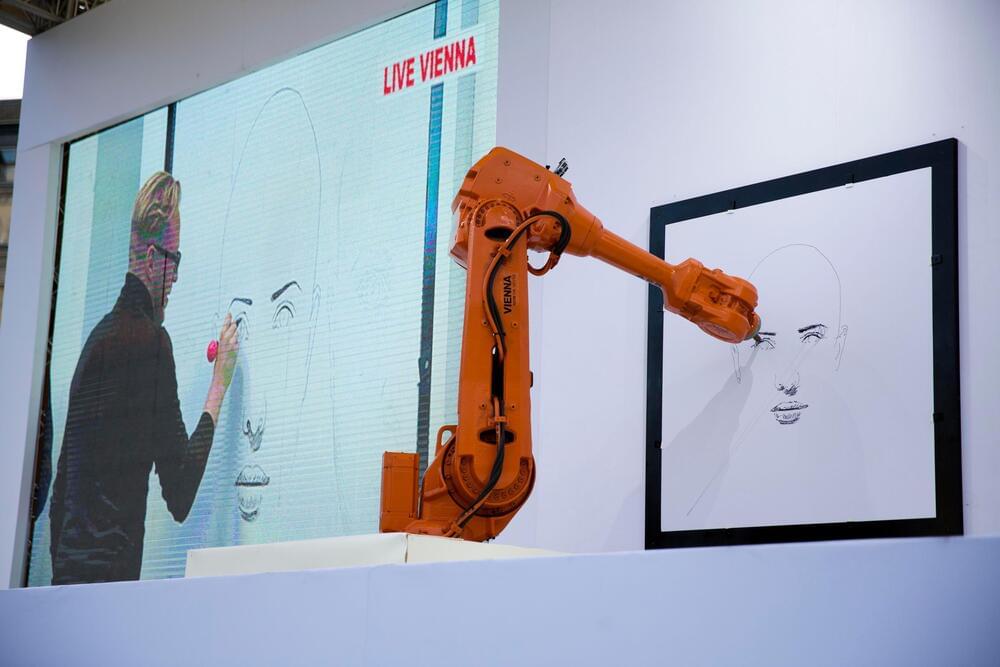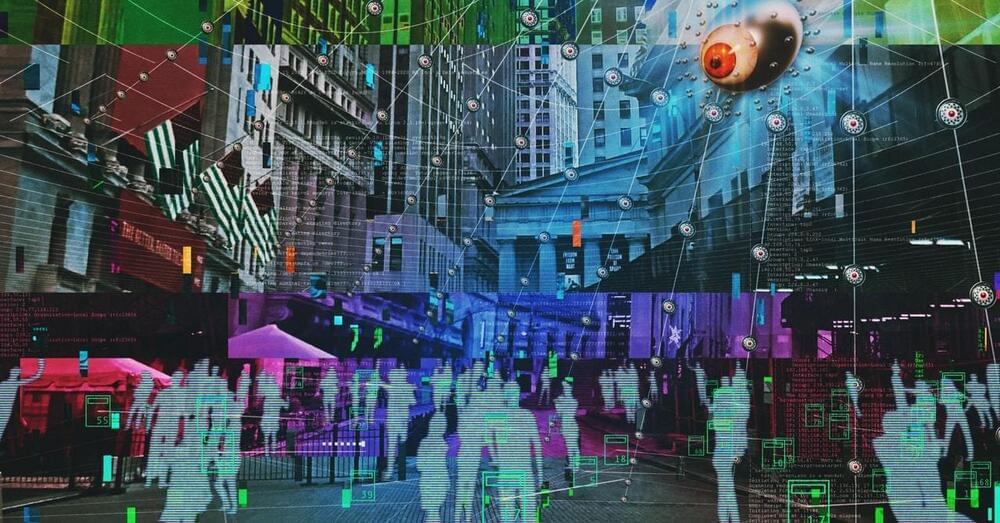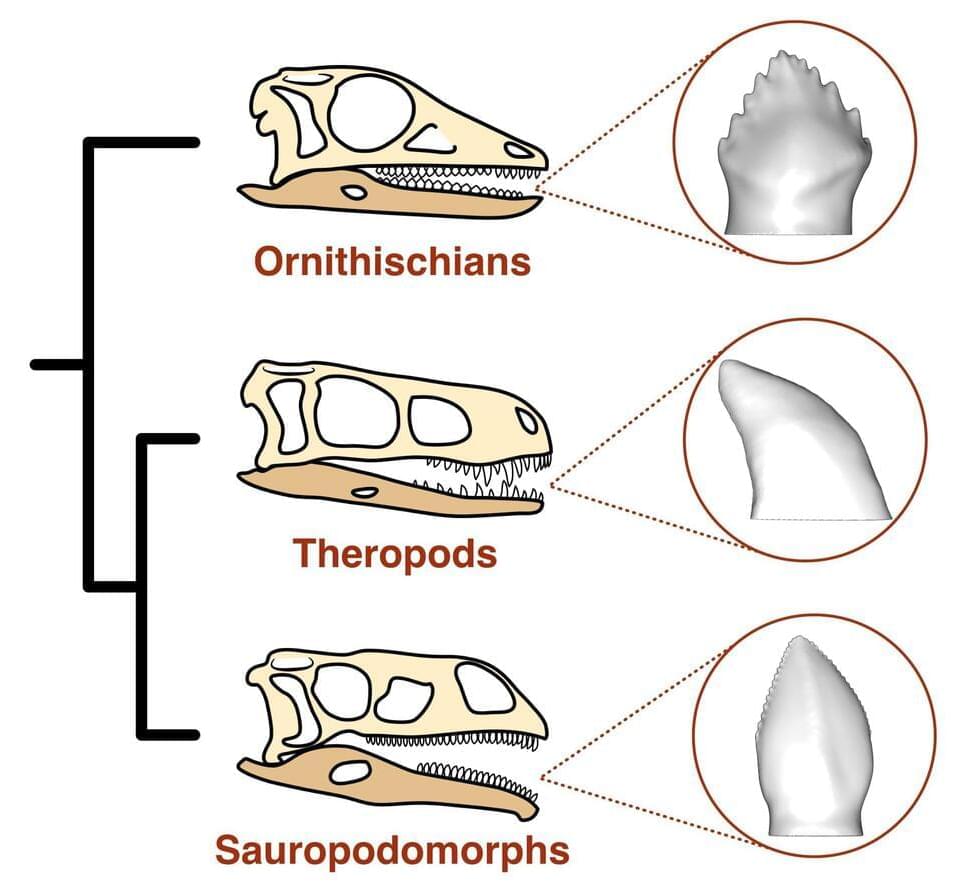A discussion of the most unsettling solutions to the fermi paradox.
Skip the waitlist and invest in blue-chip art for the very first time by signing up for Masterworks: https://masterworks.art/eventhorizon.
Purchase shares in great masterpieces from artists like Pablo Picasso, Banksy, Andy Warhol, and more.
How Masterworks works:
–Create your account with your traditional bank account.
–Pick major works of art to invest in or our new blue-chip diversified art portfolio.
–Identify investment amount.
–Hold shares in works by Picasso or trade them in our secondary marketplace.
See important Masterworks disclosures: http://masterworks.com/cd.
2:33 Beginning.
Where are all the aliens?
Is there a solution to the fermi paradox?
Joining John Michael Godier is Dr. Stephen Webb, astronomer and author of ‘If the Universe Is Teeming with Aliens… WHERE IS EVERYBODY? Seventy Five Solutions to the Fermi Paradox and the Problem of Extraterrestrial Life’.
To discuss unsettling and spooky solutions to the Fermi Paradox.
Stephen Webb’s book: https://amzn.to/2T4W2rx.
Our Fermi Paradox playlist: https://www.youtube.com/watch?v=D_EX9FUDv3o&list=PLulqF9kD2B…rw9lxKoGiV




